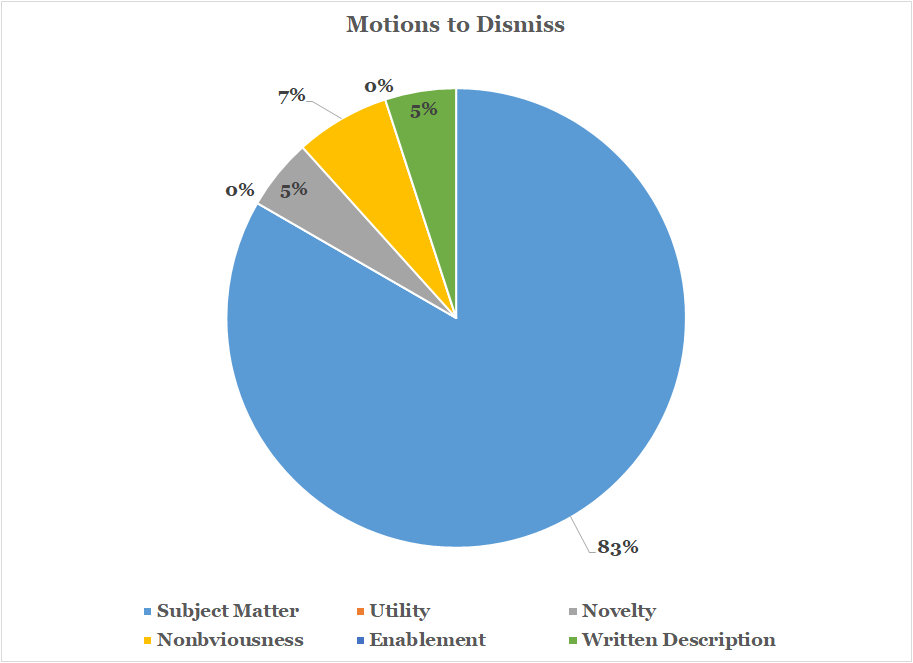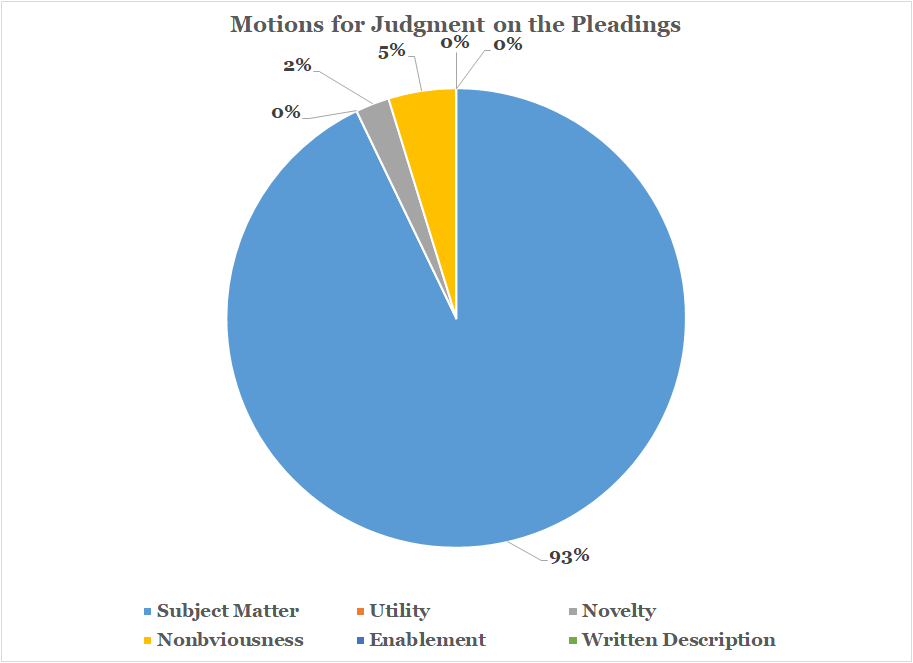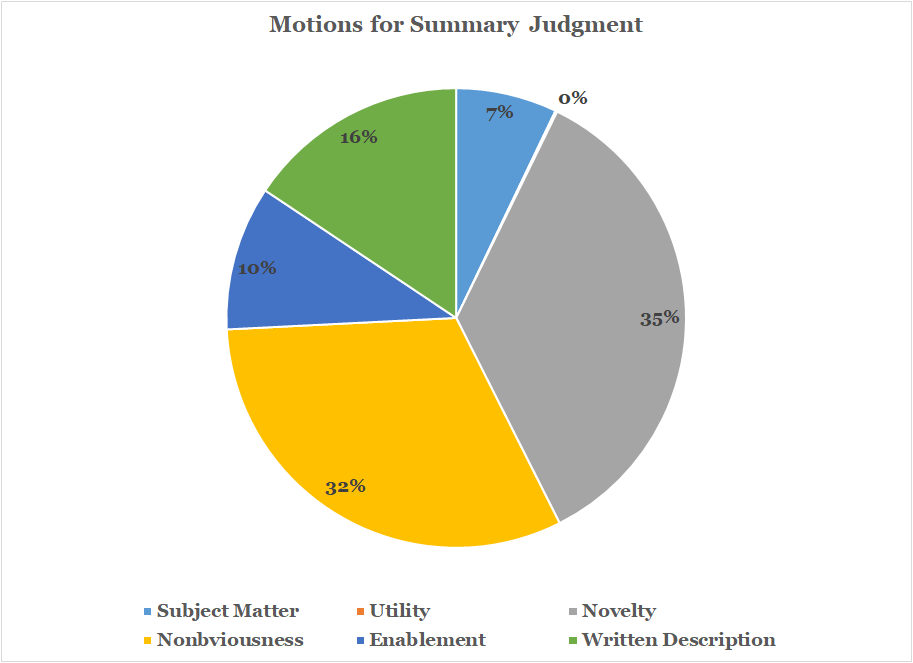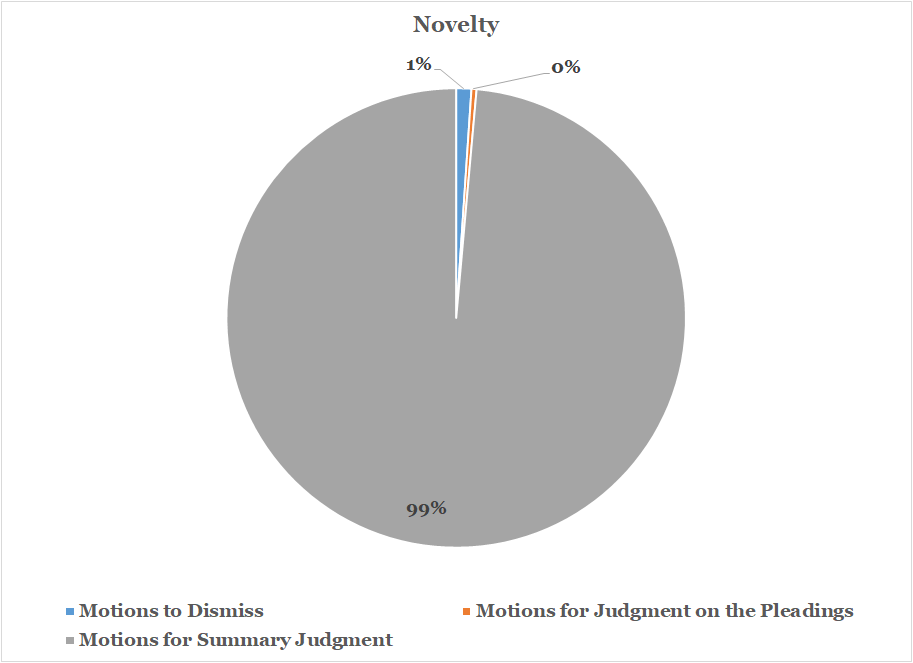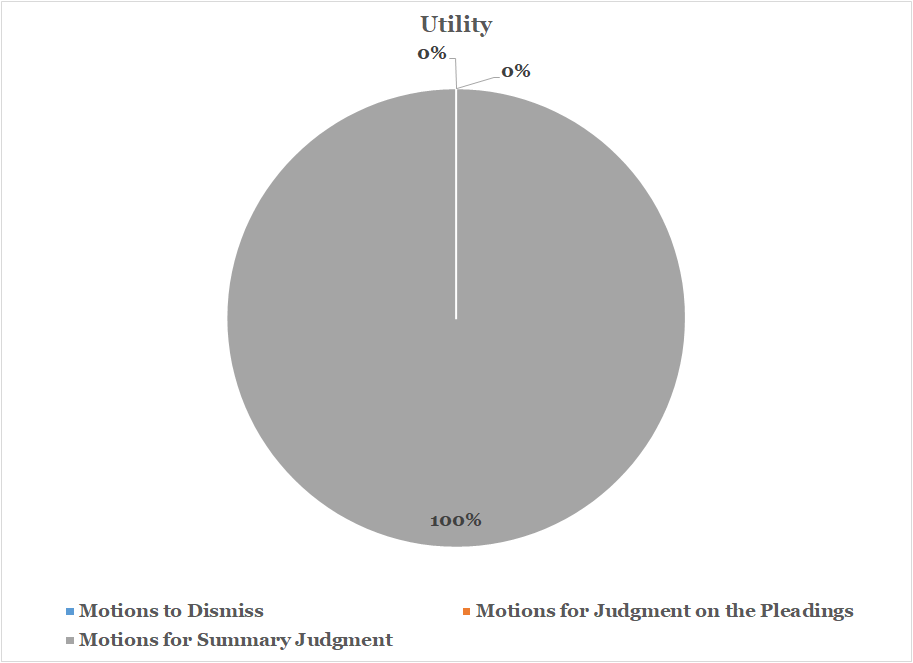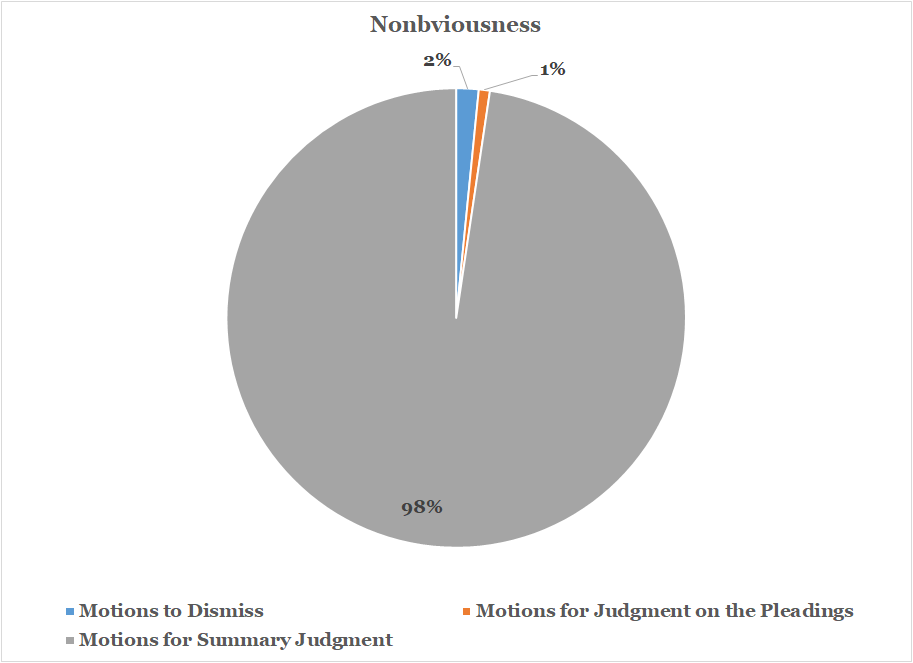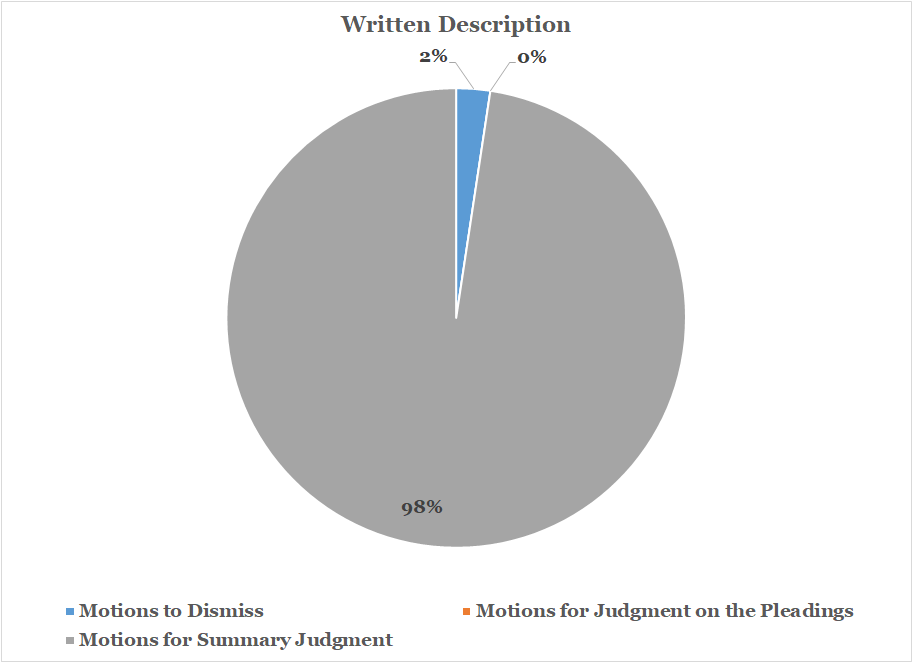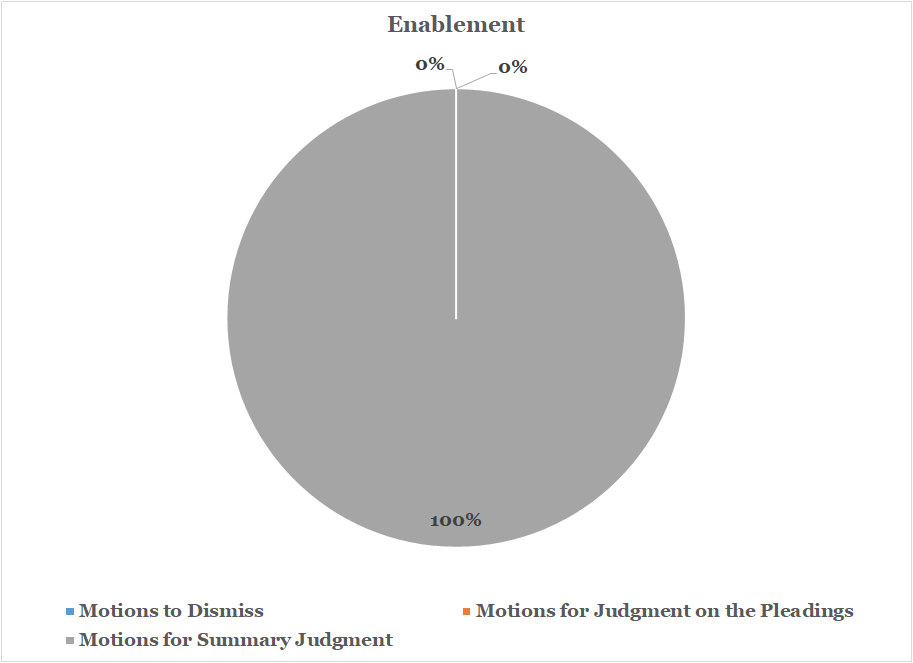Guest post by Saurabh Vishnubhakat
As the Transitional Program for Covered Business Method (“CBM”) Review reaches its sunset date, it is useful to consider the design and implementation of this program and what lessons can be drawn from its eight-year run. Of particular interest are two unusual aspects of CBM review that have interacted with each other in instructive ways.
One is that unlike inter partes review or post-grant review, which were designed primarily around technocratic values of agency expertise, CBM review further reflected an explicitly political character in targeting a specific category of patents that affect specific industries. The other is that CBM review reaffirmed this political commitment by giving the PTAB substantial policymaking power over “novel or unsettled” legal questions—but that in the history of CBM review, patent challengers have almost never invoked it, and the PTAB has never exercised it.
This puzzling history of the CBM review program points us beyond the USPTO and back to the U.S. district courts, where reactions against business method and software-related patents were proceeding in parallel. Ultimately, it has been U.S. district court litigation—not CBM review in the PTAB—where the shifting standard of patent-eligibility has had a more lasting impact.
The Irreducibly Political Character of CBM Review
The design of CBM review was unique among the administrative trial proceedings that the America Invents Act created. Like inter partes review, CBM allowed backward-looking challenges to patents issued before the AIA. Meanwhile, like post-grant review, CBM allowed challenges based on all major grounds for patentability and all major forms of prior art, not just challenges to novelty and nonobviousness based on patents and printed publications.
But CBM review alone targeted patents directed to a particular inventive subject matter: business methods. This was an important departure from the principal justification for taking patent validity disputes out of the U.S. district courts and putting them into the administrative setting of the Patent Office. That justification was expertise, and the technological as well as legal expertise of the Patent Office was at the heart of the benefits that PTAB trial proceedings were supposed to offer.
Where district courts were too costly and time-consuming, the PTAB would be cheaper and faster. Where district courts were likely to misunderstand or misevaluate technical evidence, the PTAB would be more accurate. This was because lay judges and juries take time and money to educate in each case and are more prone to error, but it would not be true of the expert administrative patent judges of the PTAB.
Still, as I have argued in my recent writing, the patent policy debate’s blinkered focus on expertise has obscured significant political forces that were also at work in the PTAB. For example, evidence suggests that even without CBM review, frequently decried patents related to business methods and software would have represented an outsized share of the PTAB’s docket. The patents that were challenged in inter partes review followed this pattern: half of all IPR petitions directed to “Computers & Communications”-related patents, which correspond to business methods and software in the widely used patent classification system of the National Bureau of Economic Research.
Figure 1: IPR Petition Filings Across Technology [1]
It was patent challengers themselves who put this emphasis on high-technology patents in inter partes review (which was equally available for all technologies) even with the availability of CBM review. This suggests that if CBM review had not existed, those patents would have taken up an even greater share of IPR petitions.
The singling out of “covered business methods,” then, was an overtly political choice over and above the traditional rhetoric of using expertise to reduce the costs, delays, and errors of district court litigation. It was, of course, within Congress’s power to make this choice, so why does its political valence matter?
The Virtually Unused Power in CBM Review
The answer is closely bound up with an almost entirely overlooked power that Congress delegated to the PTAB in the parameters for post-grant review, parameters that have also governed CBM review. That is the power, specified in 35 U.S.C. § 324(b), to accept any PGR or CBM petition that “raises a novel or unsettled legal question that is important to other patents or patent applications.” In the CBM regime, however, this power has almost never been invoked by petitioners or applied by the PTAB (or, for that matter, the courts).
The essential grievance against business method and software-related patents was that they are not properly eligible for patent protection at all. From the Federal Circuit’s 1998 decision in State Street Bank v. Signature Financial Group until the Supreme Court’s 2010 decision in Bilski v. Kappos, the USPTO had granted a generation of these patents to the frustration of many in high technology, finance, and related industries.
The creation of CBM review in the AIA, enacted just a year after Bilski, did not just reflect a political commitment against business method and software-related patents. It also buttressed that commitment by giving the USPTO significant policymaking authority to build its own body of jurisprudence on “novel or unsettled” legal questions. And the AIA did so at a time when one of the most pressing and unsettled questions in U.S. patent law was the scope of patent-eligibility after Bilski.
Yet this authority remained virtually untouched in CBM proceedings. Of the nearly 600 CBM cases that have ever come before the PTAB, only two cases appear to have implicated the § 324(b) authority to address “novel or unsettled” legal questions of any kind.
One was a challenge by the U.S. Postal Service, case no. CBM2014-00116, against a Return Mail, Inc. patent on a “System and Method for Processing Returned Mail.” The PTAB instituted review as to the challenged patent claims, but only on the conventional basis of § 324(a) that it was “more likely than not that at least one of the claims challenged in the petition” would turn out to be unpatentable. Though the petitioner asserted a “novel or unsettled” legal question, the PTAB expressly declined to exercise its policymaking power under § 324(b).
The other case was a challenge by the Chicago Mercantile Exchange, case no. CBM2013-00027, against a 5th Market Inc. patent on an “Automated System for Conditional Order Transactions in Securities or Other Items in Commerce.” The original petition did not invoke § 324(b) at all. That argument arose only belatedly in a request for rehearing after the PTAB had instituted review on nonobviousness and indefiniteness grounds under §§ 103 and 112—but had denied review on patent-eligibility grounds under § 101. The PTAB, for its part, reaffirmed its original institution decision and concluded that § 324(b) was inapt.
CBM’s Interaction with District Court Litigation
These two peculiarities of CBM review—the overtly political carve-out for high technology and financial services combined with the powerful but almost entirely ignored policymaking authority of § 324(b)—pose a puzzle. If covered business method patents really inflicted such a high social harm, and the preferred line of attack against them was patent-ineligibility under § 101, but the administrative tools to combat them were under-utilized, then where was the reaction against these patents primarily being waged instead?
The answer was back in the U.S. district courts, despite their lack of expertise and resulting pathologies of cost, delay, and error. Following Bilski in 2010 and the AIA in 2011, the Supreme Court would go on to decide three more patent-eligibility cases in as many years: Mayo v. Prometheus in 2012, AMP v. Myriad in 2013, and Alice v. CLS Bank in 2014. Like Bilski, each of these decisions spoke primarily about what was patent-ineligible but conversely offered little concrete guidance on what would be eligible.
Following this tetralogy, the ability to decide cases early and conclusively on § 101 grounds proved attractive to district courts, though problematic in important ways. Patent validity arguments based on novelty under § 102, nonobviousness under § 103, or enablement, written description, or indefiniteness under § 112 are costly to make in litigation. These arguments require fact discovery about what was actually known in the prior art, and they require claim construction to settle how the court will actually understand the invention.
So instead, after the Court’s § 101 decisions culminating in Alice, U.S. district courts began to use patent-eligibility as a shortcut for the other, more fact-intensive grounds for patentability. Litigation data on motion practice in patent cases shows that motions to dismiss and motions for judgment on the pleadings—both of which come prior to discovery—relied overwhelmingly on patent-eligibility arguments.
Figure 2: Patent Validity Grounds Asserted at Different Stages of Litigation [2]
Meanwhile, arguments about patent-eligibility were spread fairly evenly across pre-discovery motions to dismiss, pre-discovery motions for judgment on the pleadings, and post-discovery motions for summary judgment. However, arguments about the other major patentability requirements of utility, novelty, nonobviousness, enablement, and written description came up almost exclusively at summary judgment, after substantial discovery and claim construction.
Figure 3: Patent Validity Grounds Asserted at Different Stages of Litigation [3]
The post-Alice reliance on patent-eligibility shortcuts in litigation made it much cheaper across the board to invalidate patents. Yet those savings came, of course, largely from forgoing discovery and fact-intensive argument. The result was to reduce the cost of reaching patent validity decisions—but at significant risk of deciding incorrectly, in the absence of information about the prior art or, indeed, the scope of patent claims themselves. Still, whatever its hidden error costs, one can certainly understand why this state of affairs was attractive to accused infringers who might otherwise have considered taking their patent-eligibility arguments into CBM review.
Conclusion
These observations about the life of the CBM review program suggest a mixed verdict. At least somewhat contrary to expectations when the AIA was enacted, the battleground for using patent-eligibility to revoke business method and software-related patents did not shift dramatically away from the federal courts and into the USPTO. Soon after the AIA trial proceedings came online, appeals from the PTAB did come to dominate the Federal Circuit’s docket relative to appeals from the U.S. district courts. However, this surge was due primarily to the thousands of inter partes reviews that came before the PTAB, not the mere hundreds of CBM reviews in which patent-eligibility arguments under § 101 were admissible. As for the most potent policy lever of all—the authority to reshape and clarify patent-eligibility doctrine after Alice as a “novel or unsettled” legal question under § 324(b)—patent challengers and the PTAB itself showed almost no interest at all. Thus, though the AIA did much to relocate patent validity into the administrative process, CBM review shows that important elements of the pre-AIA status quo have remained intact.
Saurabh Vishnubhakat is a professor in the School of Law and the Dwight Look College of Engineering at Texas A&M University. Until 2015, he served in the U.S. Patent and Trademark Office, where he advised that agency’s first two chief economists. He has written extensively and testified before the Federal Trade Commission on PTAB trial proceedings and error-correction in the patent system.
-
Saurabh Vishnubhakat, Arti K. Rai & Jay P. Kesan, Strategic Decision Making in Dual PTAB and District Court Proceedings, 31 Berkeley Tech. L.J. 45 (2016) (Figure 2). ↑
-
Saurabh Vishnubhakat, The Antitrusting of Patentability, 48 Seton Hall L. Rev. 71 (2017) (Figures 1–3). ↑
-
Saurabh Vishnubhakat, The Antitrusting of Patentability, 48 Seton Hall L. Rev. 71 (2017) (Figures 4–9). ↑


